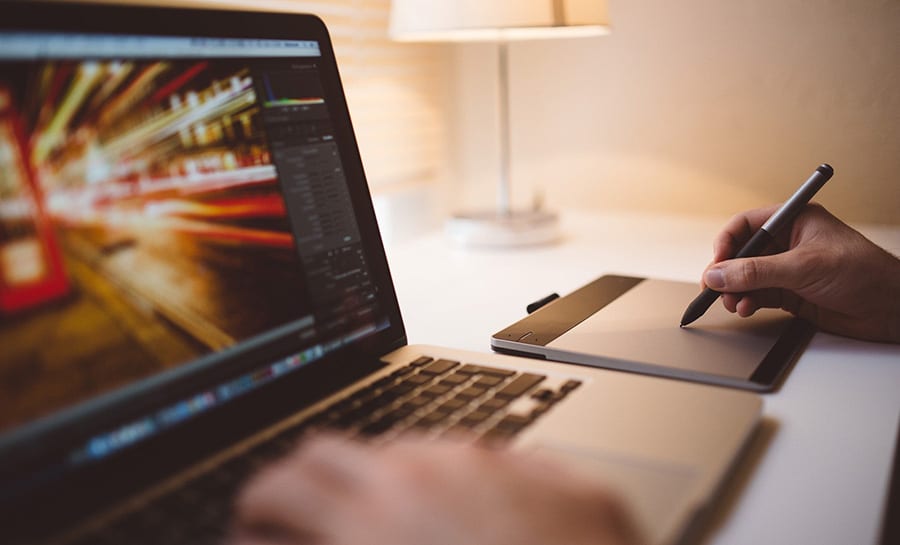Digital inclusion takes centre stage as Global Accessibility Awareness Day commences
Today marks the ninth Global Accessibility Awareness Day (GAAD), bringing inclusion to the forefront as people and organisations across the world talk, think and learn about digital access for those with disabilities.
Launched in May 2012, GAAD is an awareness day focusing on digital access and inclusion for the more than one billion people with disabilities and impairments globally.
The event is held annually on third Thursday of May.
Arguably this year’s GAAD is more poignant than ever following the coronavirus pandemic that has swept the world. Since the outbreak and subsequent lockdown measures introduced by governments, people have largely turned to digital options to help them stay social and access vital services, such as food deliveries.
As a consequence, the pandemic has highlighted that many digital channels and websites are still inaccessible for many people with disabilities, excluding them at a time when digital inclusion is so vital.
A poll of 200 people carried out by national charity Scope last November revealed the extent that inaccessible apps and websites have on preventing those with disabilities from shopping online.
Half of those surveyed said they had chosen not to buy an item due to difficult-to-use web pages or apps with three common problems being difficulty navigating a website or app (47 per cent), confusing Captcha puzzles (45 per cent) and problematic registration processes (34 per cent).
To help overcome the lack of digital inclusion, GAAD has encouraged companies to take actionable steps to improve the accessibility of their websites, social media posts, videos and more.
For retailers and suppliers of mobility, access and assistive tech equipment, the need to improve digital accessibility is even more important given the sectors’ core customer base.
How mobility companies can make a change
To help companies participate directly, GAAD has highlighted several actions that can be taken relatively quickly and easily to improve accessibility.
These include captioning a video that a company has created and published or creating a transcript for a video created by someone else and sending it to the owner with a request to add captions.
Alternatively, companies can write a blog post on digital accessibility awareness and include ideas for raising awareness and improving accessibility.
In addition, on the GAAD website, companies can access a comprehensive selection of resources ranging from learning resources to assistive tech designed to improve accessibility.
Free government resources
The government has also joined in with GAAD, stating that accessibility is considered in all aspects of the Government Digital Service’s (GDS) work.
“Everyone must interact with government, there is no option to shop around for a different provider. This means it’s critical that we remove as many unnecessary obstacles as we can. Public sector organisations also have a legal duty to make sure websites and apps meet accessibility requirements.”
To celebrate the day, the government has also created a downloadable resources pack to help companies promote and deliver digital accessibility training sessions for colleagues.
https://thiis.co.uk/digital-inclusion-takes-centre-stages-as-global-accessibility-awareness-day-commences/https://thiis.co.uk/wp-content/uploads/2020/05/webste-laptop-accessibility.jpghttps://thiis.co.uk/wp-content/uploads/2020/05/webste-laptop-accessibility-150x150.jpgNewsroomSector NewsThird Sectorassistive tech,captions,digital inclusion,GAAD,Global Accessibility Awareness Day,Government Digital Service’s,Mobility,Scope,videosToday marks the ninth Global Accessibility Awareness Day (GAAD), bringing inclusion to the forefront as people and organisations across the world talk, think and learn about digital access for those with disabilities. Launched in May 2012, GAAD is an awareness day focusing on digital access and inclusion for the more than one...Calvin BarnettCalvin Barnettcalvin.barnett@bhta.comAuthorTHIIS Magazine


